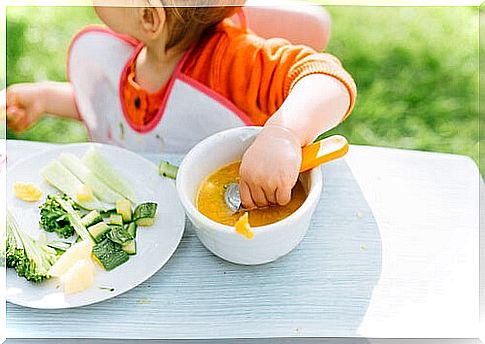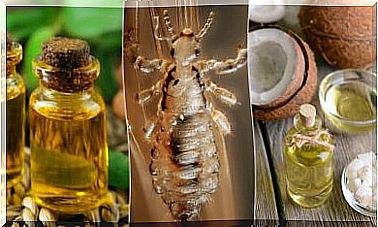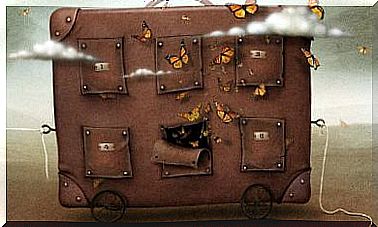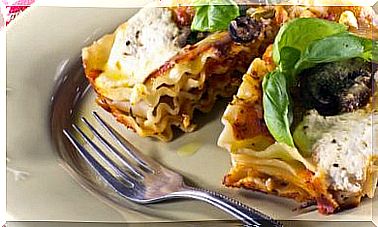7 Tips Against Children’s Allergies
The main recommendation against children’s allergies is to prevent the child from coming into contact with the allergen. Therefore, it is best to take some preventive measures at home.

Children’s allergy has become one of the main reasons for pediatric consultations. Although it has existed forever, environmental changes and exposure to some toxins have increased the number of people affected.
In fact, most children are born with a sensitivity to something. Fortunately, there is a lot that can be done at home to prevent their seizures and minimize the physical reactions that they usually produce in the little one.
But first of all, it is essential to know that an allergy is the immune system’s reaction to the presence of substances identified as allergens. In other words, it is hypersensitivity to some type of contact with certain particles in the environment.
How do they manifest themselves? What is the best way to combat them? To resolve these doubts, below we want to share some of its causes and the best tips for its treatment. Do not miss it!
Causes of childhood allergy
Children’s allergy is triggered when the child has contact with an allergen through touch, inhalation or consumption. In reduced cases they are also caused by the bite of an insect or the injection of a medicine. Its common triggers include:
- House dust mites and mold
- Pollen particles
- Animal dander and saliva (cat, dog, horse, rabbit)
- Chemicals released from industrial products
- Some foods and medicines
- Insect poisons
Child allergy symptoms
Symptoms of a childhood allergy can vary depending on the type of cause and the severity with which it occurs. In general, the manifestations occur due to changes in the mechanisms of inflammation that occur due to the immune action of the body.
The signs to recognize it must be classified according to the type of allergy. Thus, the symptoms are:
- Cutaneous: skin eruptions, hives, redness, pimples, among others.
- Respiratory: cough and rhinitis, runny nose, sore throat, sneezing.
- Digestive: nausea, vomiting and diarrhea.
Effective Tips to Prevent and Treat Childhood Allergy
It is impossible to prevent the child from having some type of contact with environmental particles that cause allergies. However, most of the time you can take some preventive measures that decrease that exposure. What should you do?
1. Limit outdoor activities
When children have allergies to dust and pollen, it is best to limit their outdoor activities, especially in the afternoon. Likewise, at these times, doors and windows should be closed so that particles do not easily enter the interior of the home.

2. Avoid piling up objects
The accumulation of dust is a source of mites and allergies. Therefore, if there are cases of childhood allergies, it is essential to avoid piles of toys, stuffed animals or clothes. Although it is not visible to the naked eye, these microorganisms are proliferating there.
3. Keep pets out
There is no doubt that pets are great company. However, when children have allergic reactions to their hair, it is best to try to keep them in a certain area of the house, outside the bedroom. In the same way, it is convenient to disinfect your beds and carpets to avoid the accumulation of these allergens.
4. Act against mold
The humidity that proliferates in some walls and humid spaces of the house can cause complications in children’s allergies. These microorganisms often play a role in the development of respiratory and skin problems. Therefore, they must be identified and eliminated as soon as possible.
To stop its growth, it is advisable to use humidifying devices with caution. In addition, the areas contaminated by fungi should be removed and an anti-mold paint should be used.
5. Use a hypoallergenic quilt
The materials in some bed covers can be conducive to the growth of fungi and mites. Therefore, if the little one has any type of respiratory allergy, the ideal thing is to acquire a hypoallergenic quilt that allows him to sleep without problems.
6. Take care of your diet
A good diet is one that strengthens the child’s immune system to reduce these problems. However, it is essential to bear in mind that food allergies can occur. Therefore, it is necessary to identify if you suffer negative reactions when eating certain foods.

7. Keep them away from chemicals
Contact with the particles of some chemicals can make children’s allergy symptoms worse. Due to this, children should be kept away when doing housework or any manipulation of these elements.
To sum up…
Keeping these simple tips in mind is key so that children feel better and do not have relapses. However, the indications or treatments advised by your pediatrician should never be ignored.









